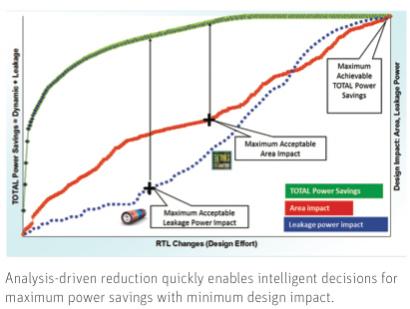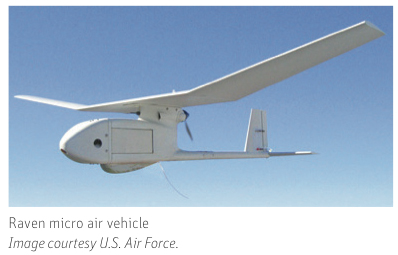 Unmanned systems are becoming indispensable to military forces and are used across all of land, sea and air. The generic name for such unmanned systems is UXS, usually UAS (air), UGS (ground) or UUS (underwater). The UAS is the most visible, both due to military strikes and the views of Japan after the Tsunami when areas were unreachable by other means.
Unmanned systems are becoming indispensable to military forces and are used across all of land, sea and air. The generic name for such unmanned systems is UXS, usually UAS (air), UGS (ground) or UUS (underwater). The UAS is the most visible, both due to military strikes and the views of Japan after the Tsunami when areas were unreachable by other means.
As the value of UXS continues to be proven in the field, there is a drive towards lower-cost and lower-risk platforms. But as the systems get smaller but require greater capability (smart weapons, electronic counter-measures, embedded intelligence) the demand for power is potentially insatiable. Especially for airborne vehicles, there is an obvious balance between the amount of sustained power and the weight of power generation and storage systems (this doesn’t sound all that different from the same types of tradeoffs that smartphone designers need to make).
One of the promises of the ANSYS acquisition of Apache is that it become possible to combine the physics-based simulation tools with electronic system modeling to create virtual representations of vehicles and payloads and analyze space, power, thermal prior to physical testing (prior to even building the vehicle).
 Power management must be addressed early in the design phase, at the architectural level, to ensure a long-enduring unit. Two of the smallest unmanned air systems currently in operation rely solely on batteries to power their motors and on-board electronic systems. Both the WASP III and Raven micro air vehicles (MAVS) can fly for approximately 45 minutes to 1 hour before they need to land and recharge their batteries. Reducing power consumption in these designs, therefore, is critical to the ability to deliver real-time surveillance information.
Power management must be addressed early in the design phase, at the architectural level, to ensure a long-enduring unit. Two of the smallest unmanned air systems currently in operation rely solely on batteries to power their motors and on-board electronic systems. Both the WASP III and Raven micro air vehicles (MAVS) can fly for approximately 45 minutes to 1 hour before they need to land and recharge their batteries. Reducing power consumption in these designs, therefore, is critical to the ability to deliver real-time surveillance information.
But these MAVs carry the same amount of on-board cameras and surveillance capabilities as larger, high-end UASs. Unnecessary power consumption of UAS chips will lead not only to early depletion of their battery power sources, but to electrical and thermal reliability issues, which can shorten the UAS’s expected lifetime and render it unreliable in the field. Military equipment operates, almost by definition, in a hostile environment and reliability in extreme environmental conditions, especially electromagnetic interference, is obviously of paramount importance.
 Next-generation unmanned systems are being developed to meet growing requirements of field reconnaissance, strike capability and longer mission duration, as well as new fields of operation in land, sea and air. As the military seeks to expand the role of unmanned systems, industry must rise to the urgent challenge of ensuring that power supply requirements of these systems are met within their allotted power and thermal envelope. Only a multiphysics approach, initiated early in the design phase, can simulate the power consumption and thermal dissipation of these complex systems, enabling successful power reduction and thermal cooling solutions for onboard electronics. The power integrity of these systems and their ability to conform to reliability and emissions standards can be validated through ANSYS and Apache simulation solutions for the individual components as well as for comprehensive onboard electronic systems.
Next-generation unmanned systems are being developed to meet growing requirements of field reconnaissance, strike capability and longer mission duration, as well as new fields of operation in land, sea and air. As the military seeks to expand the role of unmanned systems, industry must rise to the urgent challenge of ensuring that power supply requirements of these systems are met within their allotted power and thermal envelope. Only a multiphysics approach, initiated early in the design phase, can simulate the power consumption and thermal dissipation of these complex systems, enabling successful power reduction and thermal cooling solutions for onboard electronics. The power integrity of these systems and their ability to conform to reliability and emissions standards can be validated through ANSYS and Apache simulation solutions for the individual components as well as for comprehensive onboard electronic systems.
Read the white-paper by Robert Harwood of ANSYS and Margaret Schmitt of Apache here.
Share this post via:







Comments
There are no comments yet.
You must register or log in to view/post comments.